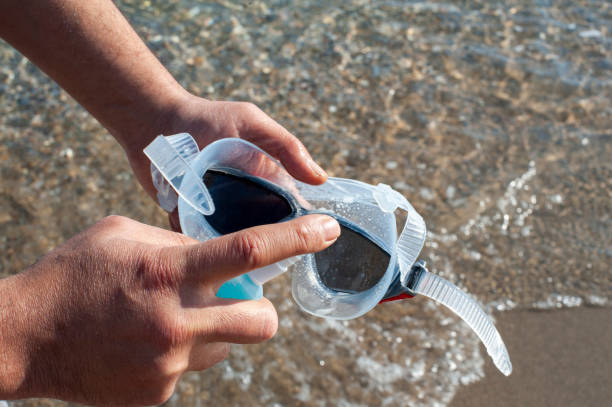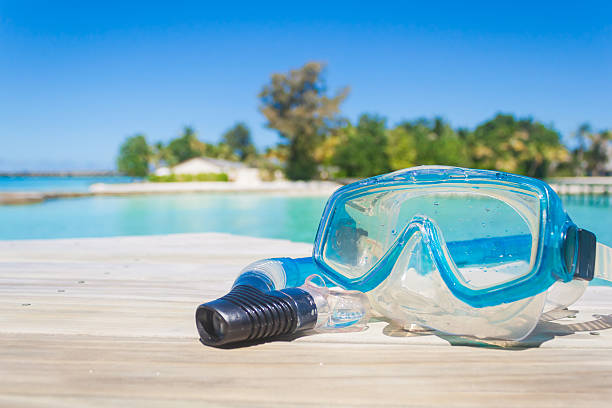Free diving challenges the limits of human endurance and mental control. Every second underwater tests lung capacity, focus, and efficiency. Elite divers push beyond what most consider possible, achieving breath-holds that seem almost unreal.
In this article, we explore the longest free diving time, essential free diving breathing techniques, and training strategies that help divers reach new depths safely and effectively.
Longest Free Diving Time in the World: Records That Will Amaze You
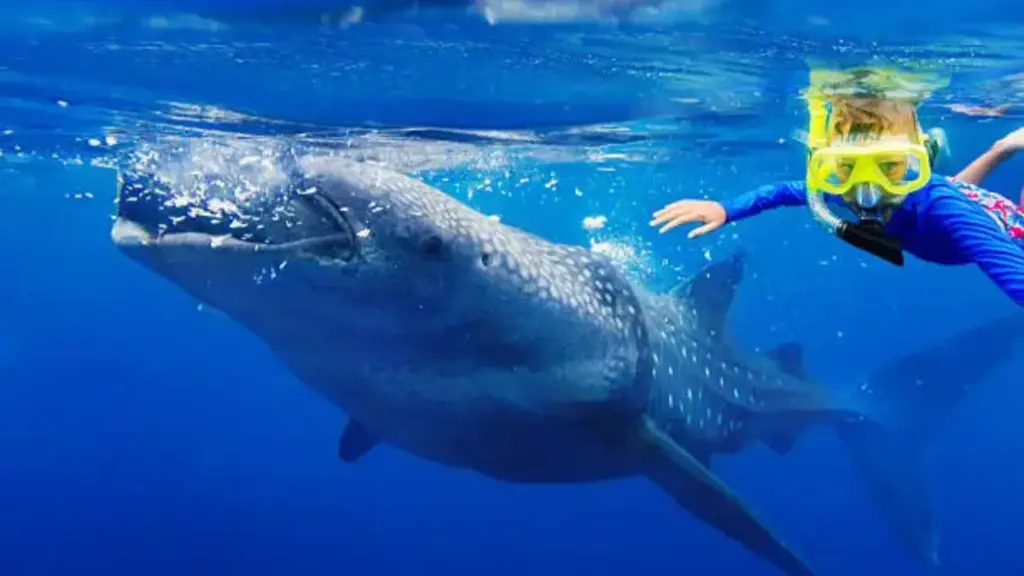
Breath-Holding That Defies Limits
Imagine staying completely underwater without taking a single breath for nearly 25 minutes! That’s exactly what Budimir Šobat from Croatia achieved in 2021, holding his breath for an astonishing 24 minutes and 37.36 seconds. His record, officially recognized by Guinness World Records, showed just how far human endurance can go.
The female equivalent of this record has been held since 2009 by Karoline Meyer from Brazil, who managed to stay underwater for 18 minutes and 32.59 seconds. Both achievements required extreme preparation, including pure oxygen breathing beforehand, proving the incredible power of training and mental focus.
While these records push the boundaries of human possibility, it is helpful to compare them with what professional freedivers and everyday people can usually achieve:
Category | Average Breath-Hold Time |
|---|---|
World Record (Male) | 24 min 37.36 sec |
World Record (Female) | 18 min 32.59 sec |
Professional Freedivers | 5–7 minutes |
Recreational Divers / Swimmers | 1–2 minutes |
This comparison makes it clear just how extraordinary these Guinness-recognized records really are.
Master Free Diving Breathing Techniques Like a Pro
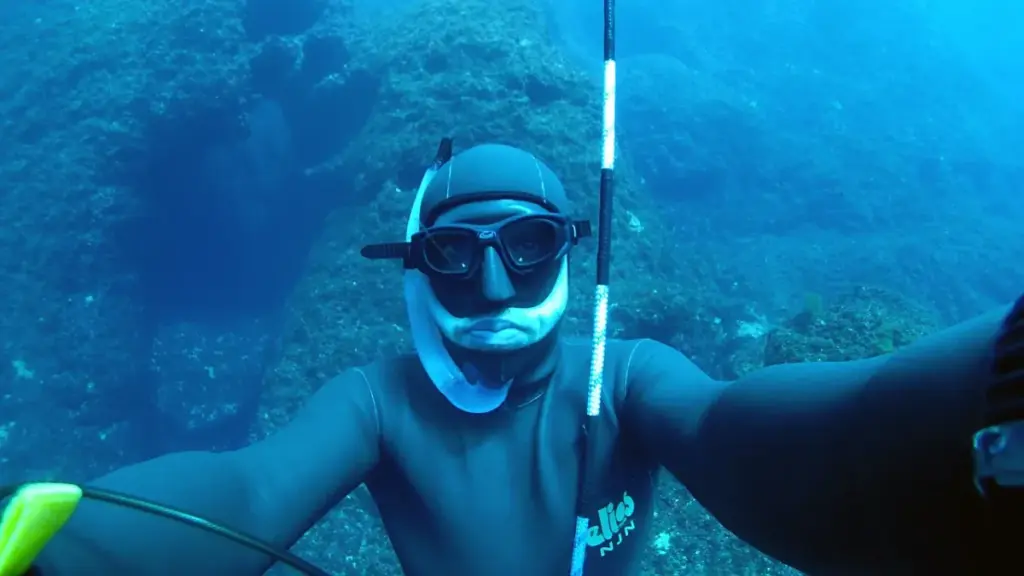
Breathing is at the heart of free diving. Mastering the right free diving breathing techniques not only helps you stay underwater longer but also keeps you calm and safe. Before you even enter the water, learning how to prepare your lungs and body can make every dive smoother and more enjoyable.
Why Breathing Matters in Free Diving
Breath-hold ability is the foundation of free diving. Proper free diving breathing techniques extend underwater time while reducing the risk of shallow water blackout. Training both body and mind ensures dives are safer and more efficient.
- Benefits of controlled breathing:
- Improves oxygen efficiency
- Regulates heart rate
- Reduces pre-dive anxiety
- Supports faster recovery after surfacing
Diaphragmatic Breathing
Diaphragmatic breathing is a core free diving breathing technique that engages the diaphragm fully, allowing deeper lung expansion and more efficient oxygen use. It is widely adopted by professional freedivers to enhance breath-hold performance and relaxation.
Expert tip: Combine with CO₂ and O₂ table training to maximize overall breath-hold capacity.
How it works: Inhale deeply through the nose while expanding the stomach, then exhale slowly through the mouth. Focus on using the diaphragm rather than shallow chest breathing.
Преимущества:
- Increases oxygen intake and improves lung efficiency
- Strengthens the diaphragm and respiratory muscles
- Promotes relaxation and reduces heart rate before dives
Training advice: Practice 5–10 minutes daily in a seated or lying position. Over time, it enhances both physical endurance and mental calmness underwater.
CO₂ and O₂ Table Training
CO₂ and O₂ tables are classic breathing drills used by freedivers to improve tolerance and endurance. They simulate the stress of long breath-holds and help divers stay calm under pressure.
Expert tip: Best combined with other free diving breathing techniques for well-rounded training.
CO₂ tables: Hold your breath for 1–2 minutes, then take short recovery breaks, repeating the cycle several times.
O₂ tables: Gradually increase the breath-hold duration while keeping recovery periods the same.
Training effect: Conditions both body and mind, making longer static or dynamic dives safer and more manageable.
Relaxation and Mindfulness Techniques
Mental control is as important as physical training. Relaxation reduces oxygen consumption and improves breath-hold efficiency.
Expert tip: Pair with diaphragmatic breathing and table training for optimal results.
Methods: Meditation, progressive muscle relaxation, and visualization of calm underwater scenarios.
Преимущества:
- Lowers heart rate
- Reduces stress-induced oxygen use
- Helps extend breath-hold duration
Training advice: Practice before and during dives to maintain composure and confidence.
What Determines the Longest Free Diving Time?
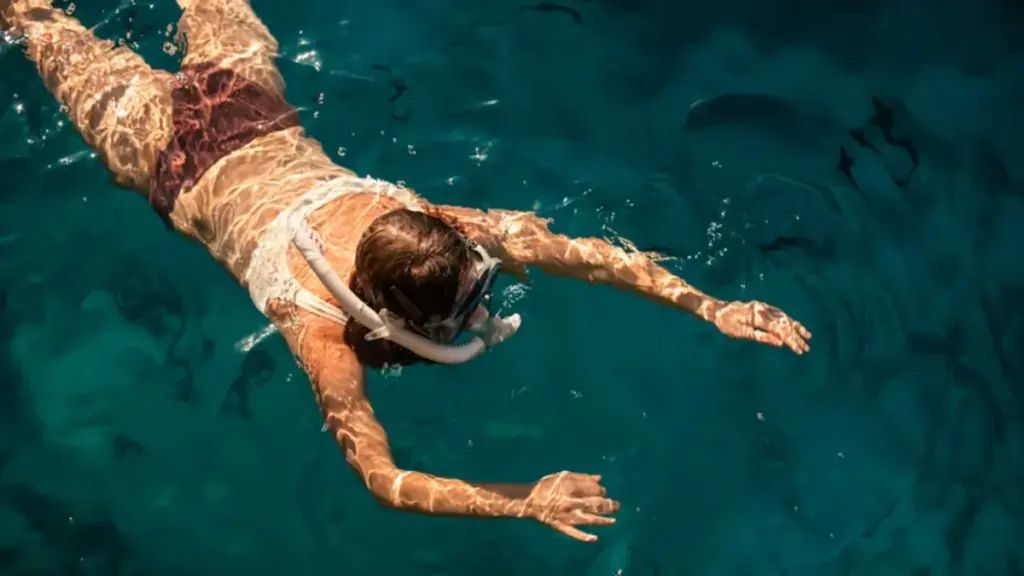
Physiological Factors
Lung capacity, heart efficiency, and oxygen utilization are the main physiological elements affecting breath-hold. Experienced freedivers often train to expand their lung volume and reduce heart rate, which allows oxygen to last longer during dives. Strong diaphragmatic control and efficient oxygen use in muscles are also critical to maximizing underwater time.
Mental Factors
A diver’s mindset directly impacts performance. Focus, relaxation, and psychological preparation help manage stress and reduce unnecessary oxygen consumption. Techniques such as visualization, meditation, and controlled breathing enable divers to remain calm, even when under pressure or facing long breath-holds.
Environmental Factors
Water temperature, depth, and pressure significantly influence breath-hold duration. Cold water increases oxygen consumption, while depth compresses the lungs and affects equalization. Understanding these conditions allows divers to adjust their technique, maintain comfort, and optimize safety during extended dives.
Training Strategies to Increase Your Breath-Hold
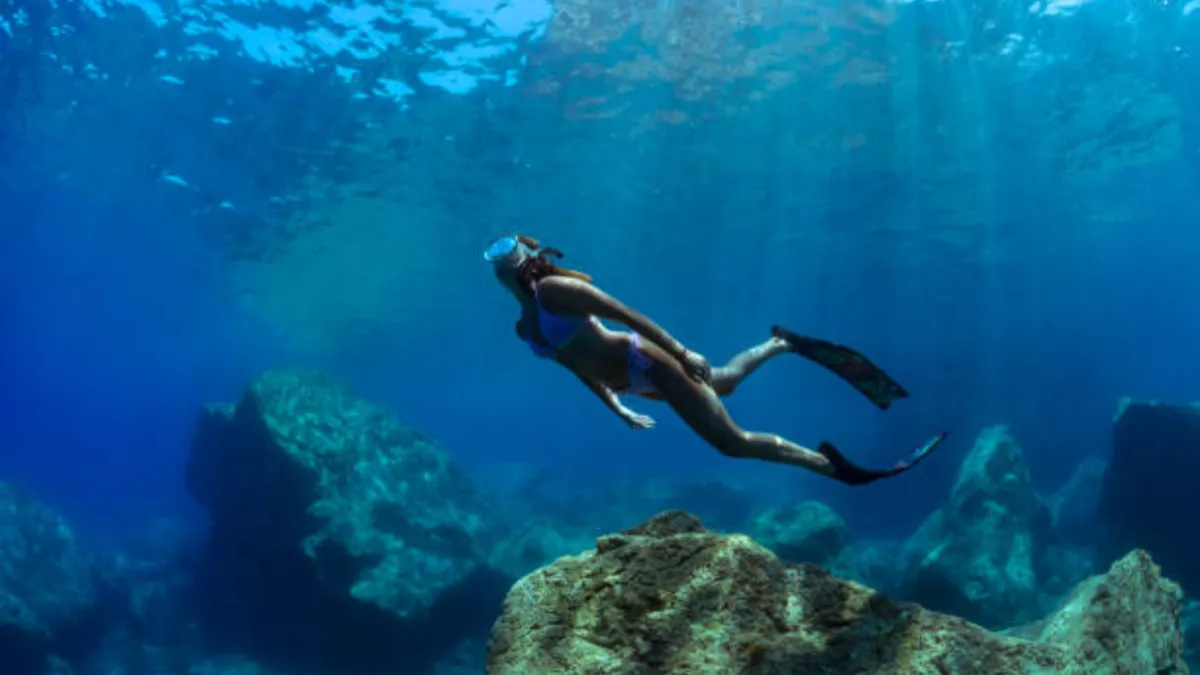
Dry Training Techniques
Dry training strengthens the body and prepares divers for longer breath-holds without water exposure. It includes timed breath-holds, CO₂ tolerance exercises, diaphragmatic breathing, and cardiovascular workouts to improve heart efficiency. Core and diaphragm strength exercises, such as planks and stability drills, enhance lung expansion and maintain posture during dives, reducing energy expenditure.
Key exercises:
- Light cardio to improve overall oxygen efficiency
- Timed breath-holds while lying down or walking
- Diaphragmatic breathing drills
- Core strength exercises (planks, stability routines)
Dynamic Apnea Training
Dynamic apnea trains divers to swim horizontally underwater efficiently while holding their breath. The focus is on smooth, controlled strokes and minimizing unnecessary movement. Using the best free diving mask improves hydrodynamics, reduces drag, and enhances comfort, allowing longer underwater performance. Gradually increasing distance per breath trains both endurance and oxygen management.
Key points for dynamic apnea:
- Combine the technique with the optimized gear for the best results
- Maintain smooth, steady strokes
- Minimize unnecessary movements to save oxygen
- Track and gradually increase the distance per breath
Static Apnea Practices
Static apnea develops the ability to hold breath while remaining still, either floating face-down or on the surface. Relaxation techniques, slow pre-hold breaths, mental visualization, and progressive muscle relaxation help minimize oxygen consumption. This practice improves CO₂ tolerance, mental control, and forms the foundation for depth-focused free diving disciplines.
Key points for static apnea:
- Float motionless while holding breath
- Use slow, deep breaths before the hold
- Apply progressive muscle relaxation and mental visualization
- Focus on controlling the urge to breathe
Safety Tips for Attempting Long Breath-Holds
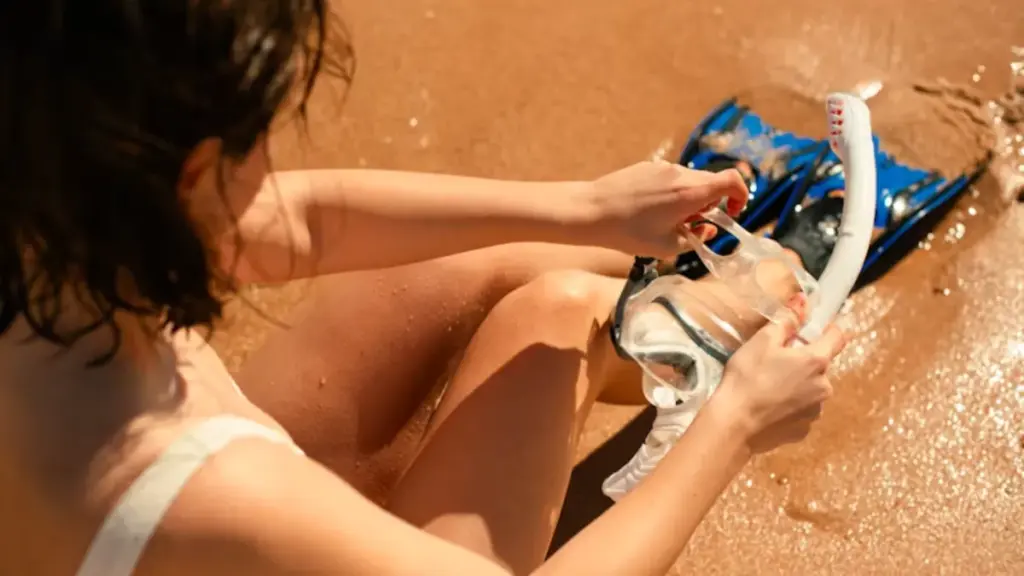
Recognizing Risks
When you attempt long breath-holds, you face risks like shallow water blackout and oxygen depletion. Pay attention to warning signs such as dizziness, tingling, or sudden changes in vision. Recognizing these early can help you avoid accidents.
Training With Supervision
Always practice with a trained professional and dive with a reliable dive partner. Supervision allows someone to assist immediately if needed, gives you feedback on technique, and helps you stay safe while extending your limits.
Recovery and Post-Dive Practices
After every dive, give your body time to recover. Take deep breaths, stay hydrated, and let your heart rate return to normal. Light activity or stretching can also help you recover safely and prepare for your next session.
Заключительные мысли
Mastering free diving breathing techniques and proper training can significantly extend your breath-hold and enhance underwater performance. At Авангард, we design high-quality swimming and diving gear that supports both comfort and efficiency, helping divers focus on technique rather than equipment.
Исследовать our range of freediving products to elevate your freediving experience and reach new personal bests safely.
